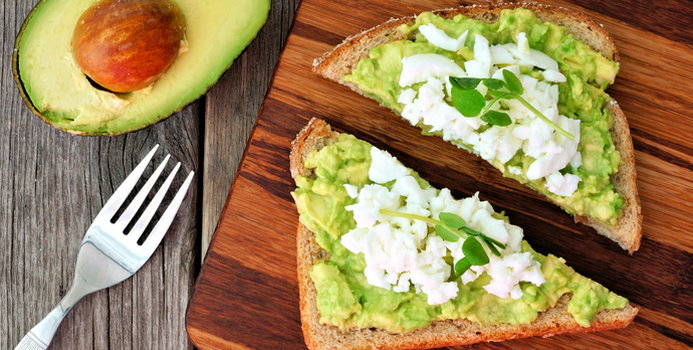Aquafaba is the latest buzzword popping up around office watercoolers. Aquafaba is an eggscellent vegan egg replacer that can be used in both sweet and savory dishes. The word aquafaba was born from combining the Latin words for bean (faba) and water (aqua). The name, coined by a software engineer from Indiana, Goose Wohlt, seems much more appetizing than another name that had been previously considered — “bloop."
Aquafaba is the thick, translucent, somewhat viscous liquid that remains after beans or legumes are soaked and cooked in water for several hours. It has quickly gained popularity among vegans after it was discovered that this liquid can be used to make vegan meringues, but this wonder liquid can be enjoyed by everyone in a cornucopia of ways. You can use aquafaba as a binder, a thickener, a foaming agent, and an emulsifier. It also has excellent gelling properties.
Of course, the easiest way to start adding aquafaba to your healthy ingredient arsenal is to simply use the leftover liquid from any can of beans or chickpeas, or from tofu that is packed in water.
Aquafaba is also trickling into trendy bars around the country as a key vegan-friendly component of cocktails that traditionally incorporate egg whites. Many chefs and bartenders who have recently added aquafaba to their toolkit of innovative ingredients lament using traditional raw egg whites because of their foul smell and potential for causing foodborne illnesses (not to mention vegans can’t enjoy those drinks, so they’d be isolating certain customers).
The possibilities don’t stop with yummy cocktails. Aquafaba can be used as a replacement for cheese, butter, and in meringues, pavlovas, macaroons, mousses, whipped “cream”, “marshmallow” fluff, nougat, fudge, ice cream, frostings, foam for lattes, brownies, blondies and other baked goods. Aquafaba has also been used commercially to make a vegan mayonnaise replacement and those that have tried it really enjoy its taste and texture.
No Waste and a Slim Waist
Aside from the fact that aquafaba is so versatile, it is also incredibly economical. Rather than mindlessly dumping bean liquid down your drain, you can essentially make something from nothing. Buying egg replacers costs extra money whereas aquafaba is virtually free (I mean, you do have to buy the beans, but beans are already so inexpensive, especially when compared to other protein sources such as meat and dairy products).
One tablespoon of aquafaba contains a mere 3-5 calories. Although aquafaba contains much less protein than egg whites, it does contain a small amount (1 gram compared to 10 grams for egg whites), along with starches and vegetable gum — very close to the nutrition profile of chickpeas. Because aquafaba is a relatively new concept, there is not much research available yet regarding potential health benefits. However, because is it so low-calorie, versatile, and environmentally-friendly (waste not want not!), why not try it out?
Getting Started
To use aquafaba as an egg white or whole egg replacer, follow this substitution ratio: 3 tablespoons aquafaba equals one whole large egg, 2 tablespoons aquafaba equals one egg white, and 1 tablespoon equals one egg yolk. You may have to play around with the aquafaba slightly to find the right consistency. While the liquid from chickpeas is plenty thick, other canned beans and legumes may need to be reduced on the stove about 25 percent. You will want it to have the consistency of egg whites. Those who have recently been using aquafaba suggest the liquid from garbanzo beans (chickpeas) works the best, but why not do a little experimenting in your kitchen to see what you like. Experimenting in the kitchen has never bean so fun!
[Image via Getty]



